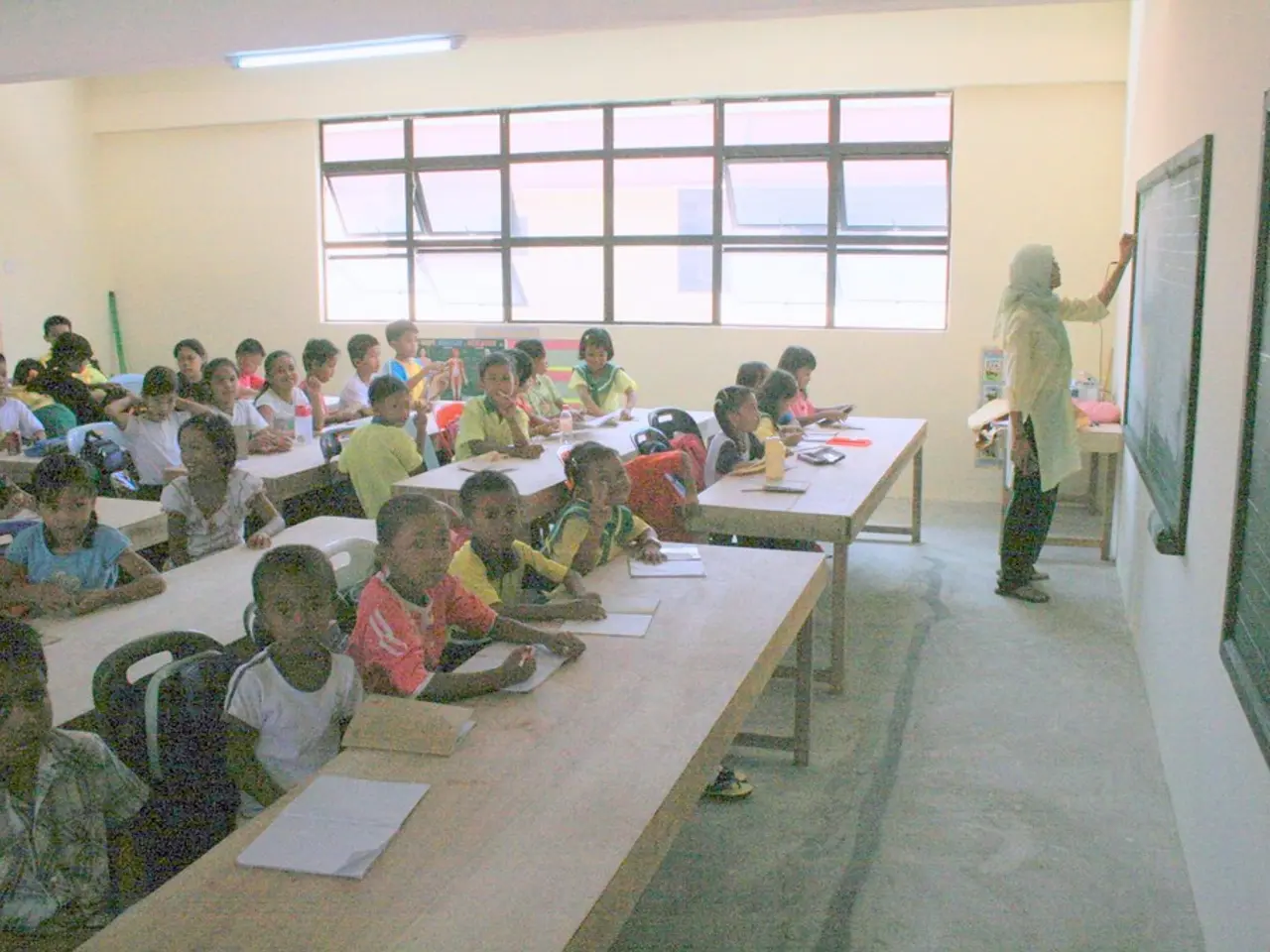Germany's Education Gap: Special Needs Students Face Top Grade Barriers
The special educational landscape in Germany exhibits disparities in opportunities for students with special educational needs. While some progress has been made, several challenges remain. In NRW, only 0.7% of top Abitur graduates received special educational support. Among the 1,850 top graduates, 17 pairs of siblings achieved excellent grades. However, the system for changing school forms from special to general schools is practically non-existent, despite the right to inclusive education. Students with special needs face challenges in achieving top grades due to different teaching methods and suspended grading. Historically, they were not taught according to a curriculum that would have allowed them to switch to high school. In Saxony, around 11% of students receive special educational support. The proportion of students with special educational needs compared to top graduates in each Bundesland cannot be determined due to lack of comparative data. However, it was possible to graduate with an Abitur at special schools in the past, such as the school for the visually impaired in Königs Wusterhausen. The data underscores the need for improved integration and support for students with special educational needs in Germany. While some progress has been made, the system still faces significant challenges in providing equal opportunities for all students.




